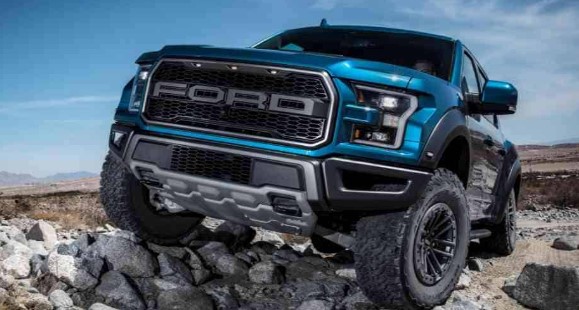The Powerstroke 6.7 engine has become a reliable and durable staple of the automotive industry, especially the third generation of 6.7L engines that replaced the earlier 6.4 models and addressed most of its problems. Despite this, there are still some issues with early builds from 2011 to 2013 which should be avoided when searching for a Powerstroke 6.7 engine model to purchase. To ensure greater reliability, it is recommended by experts that you avoid buying first generation (2011-2014) Powerstroke 6.7L entirely if possible in order to minimize any potential issues or inconveniences down the road. For further information on why it is recommended to stay away from early models please continue reading for more details on these particular topics
Which 6.7 Powerstroke Years To Avoid?

The Powerstroke 6.7 made its debut in 2011, replacing the 6.4. It was Ford’s first engine created independently of longtime collaborator International Navistar, and despite this fact it experienced success for the company. However, experts do recommend avoiding certain model years; specifically from 2011 to 2014 due to their higher incidence of failure points than later generations.
In these early builds there were a few issues present that simply did not exist with later versions released after 2015 and 2020. It is important to note that these failures are isolated incidents and most 6.7 models have been trouble-free since then – but those seeking to avoid any specific year altogether would be wise to stay away from both 2011 and 2012 in particular when shopping for a Powerstroke 6.7L vehicle or engine part replacement as they saw more significant problems than other years during this time frame..
Overall it is recommended that buyers looking into purchasing a Powerstroke engine should research specific details such as manufacturing dates in order to make an informed decision about which product best suits their needs while also minimising potential risks associated with earlier production runs of the same model range like the ones mentioned above produced between 2011 and 2014 by Ford Motor Company’s collaboration with International Navistar Corporation .
Why Should You Avoid The 2011 To 2013 6.7 Powerstroke Models?
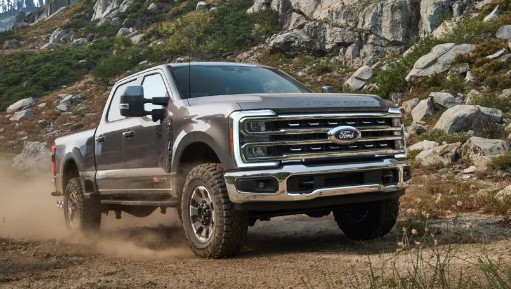
It is strongly recommended that those looking to purchase a Ford Powerstroke 6.7 from model years 2011-2013 avoid doing so, as there are common issues with these vehicles. These issues range in severity and frequency, with some being more frequent than others. It is important to take the time to research each of the potential issues before making an informed decision about purchasing one of these models.
Turbocharger Issues
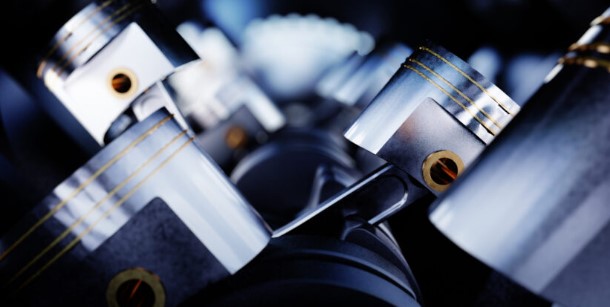
Early models of the 6.7L Power Stroke engine, especially those from the 2011 and 2012 model years, often experienced turbocharger failure due to ceramic ball bearings used in their construction. This is thought to be the primary cause of breakdowns for these pickups. To counteract this issue, Ford Motor Company implemented a new steel ball bearing design in later models which successfully remedied the problem.
Problems With The Radiators

The early 2011 model year has been subject to frequent radiator leaks due to radiators built before 2010 being defective from the factory. Although reports of these issues have become less common in later model years, it is still possible for them to develop a radiator leak over time. This highlights the need for routine maintenance and servicing on all vehicles, regardless of age or make.
NOx Sensor Failures

Ford responded to the frequent sensor failures in 2011 model year cars by launching its Custom Satisfaction Program 12B33. This program was active from 2012 through 2013 and was designed to help customers upgrade their selective catalytic reduction (SCR) systems and replace malfunctioning sensors at no additional cost. Ford took this initiative as part of their commitment to providing reliable, quality products that meet the highest standards for performance and customer satisfaction.
EGT Sensor Issue

The Powerstroke 6.7 diesel engine includes many EGT sensors, which are essential components of the system. Unfortunately, there was a problem with these sensors in certain F series with ambulance packages earlier in 2011 and 2012. If the EGT sensor were to break, it could cause difficulty with starting the car for the driver. Ford addressed this rare occurrence by instituting a recall of 13S10 vehicles in order to replace any potentially problematic sensors.
Glow Plugs Issue
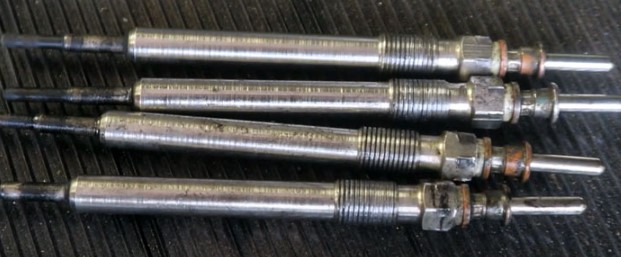
Ford investigated reports of an issue with the early model year vehicles, wherein glow plug tips may break off into the engine, potentially causing engine failure. Such incidents were found to be isolated and not widespread. Ford identified a problem with the factory glow plug and took steps to correct it in order to resolve this potential issue.
What Year Did Ford Put The 6.7 In Trucks?
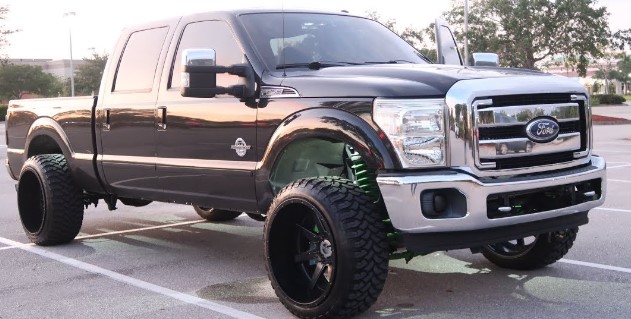
Ford is highly regarded for its vehicles and their remarkable performance. Recently, the company faced some issues with its 6.0L and 6.4L Powerstroke engines. Ford worked diligently to solve these problems but was ultimately unsuccessful in some aspects of the endeavor. As such, they partnered with International Navistar to develop a new engine – the Scorpion 6.7 Powerstroke engine – which debuted in 2011 and quickly gained immense popularity among Ford truck owners due to its impressive capabilities even then; up to 390HP and 735 lb.-ft of torque could be generated from the engine at that time.
In 2016, Ford rolled out an upgrade package for this same engine which drastically improved upon it; suddenly it was capable of producing up 400HP as well as 800 lb.-ft of torque! This gave drivers unparallelled control over their vehicle’s performance while also providing them with more flexibility than ever before when hauling heavy loads or trailers- so much so that an F450 DRW could tow up to 31,200 pounds compared to 24,400 back in 2011!
The Scorpion 6.7 Powerstroke Engine has thus become one of Ford’s most beloved features among truck enthusiasts today because of how incredibly powerful yet reliable it is proven itself over many years on the road now since its initial debut back in 2011.
Powerstroke 6.7L Generations
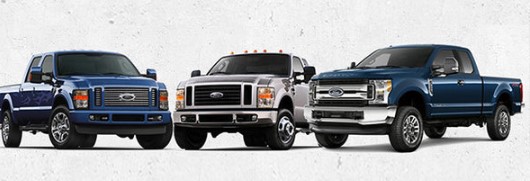
The PowerStroke 6.7 is a beloved diesel engine, and three generations of this model have been released to date. With every new generation, improvements were made in order to increase the vehicle’s performance. The first generation was released in 2011 and included many features that set it apart from its predecessors, including increased torque and fuel economy. The second generation came out in 2015 with upgraded components designed to improve its longevity and efficiency even further. Lastly, the third generation debuted in 2020 with advanced technologies such as selective catalytic reduction for improved emission control standards. Each iteration has addressed any flaws present in earlier generations while continuing to offer customers powerful engines at an affordable price point.
Major 6.7 Powerstroke Changes (2011 And The Present)?
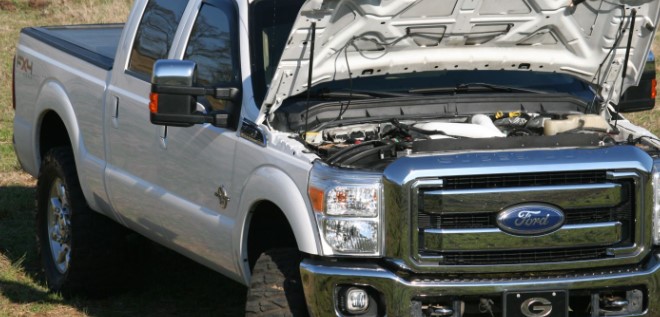
Potential buyers of the 6.7L engine should be aware of all the upgrades and revisions made to it throughout its production cycle. It is important for potential buyers to investigate the changes in order to make an informed decision about their purchase, as each revision could affect performance or fuel efficiency depending on their needs. An understanding of these changes will help ensure that a buyer chooses the best model for their application.
Changes In The 2011 Model Year
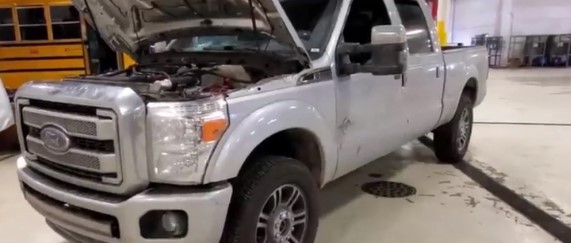
Shortly after its release, the engine was modified to increase its output capabilities to 400 horsepower and 800 pound-feet of torque. This significant improvement enabled it to become even more powerful than before, allowing for greater performance among users. Engineers carefully examined every component in order to maximize the potential and ensure a quality product that could meet customer needs.
Changes In The 2012 Model Year

The repair process required the substitution of a plastic oil pan for the original steel one. To ensure that the oil cooler was accessible, its stud had to be removed. As part of the same process, a second NOx sensor was also added. Furthermore, feedlines were upgraded by replacing quick-connect fittings with conventional bolts.
Changes In The 2013 Model Year
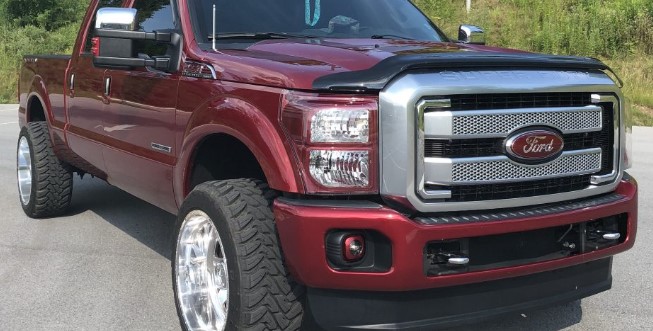
This year, the Powertrain Control Module (PCM) has had a few minor adjustments made to it in order to ensure more efficient operation. A crankcase sensor was installed so that the PCM could receive a signal indicating whether or not the vent hose is connected. Additionally, a pressure sensor was also installed on the diesel particulate filter for further optimization of performance.
Changes In The 2015 Model Year
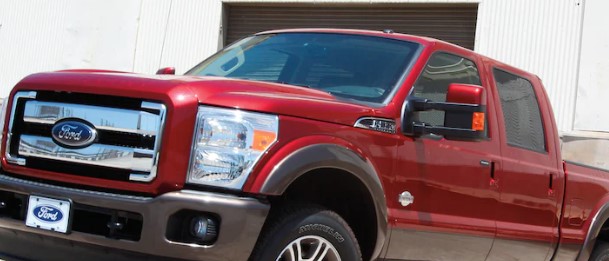
This year, a number of significant changes have been made to increase the output from 400 hp to 440 hp. A combination of fuel pressure and temperature sensors were implemented, as well as several new sensors such as a particulate matter sensor and module. In addition, an EGR cooler was modified and an EGR sensor was added to improve performance. The fan clutch was also updated for improved heat management while the lower bearing was upgraded for durability. Furthermore, GT37’s single variable geometry turbocharger has been replaced by the GT32 twin compressor “DualBoost” turbo for increased efficiency. Finally, upgrades have been introduced in the form of a lower intake, exhaust braking system, injection pump and nozzle design injection with the aim of reducing bad particles emitted into environment.
Third Generation: Changes In 2020

Ford continued to improve their 6.7 engine in 2020, significantly increasing torque and horsepower from 440 to 475. The VGT has been improved and the compression ratio has changed due to a redesign of the piston. Ford also upgraded the cylinder head, connecting rod, and main bearing as well as introducing a redesigned engine block with an improved intake manifold and higher PSI for injection. To top it off, they replaced the 6R140 TorqShift transmission with the 10R140 automatic transmission.
Should You Buy A Used 6.7 Powerstroke?
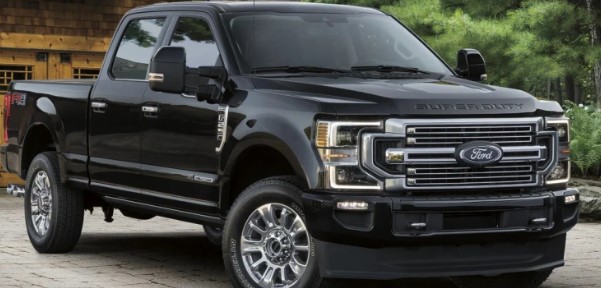
When it comes to buying a used Ford Super Duty with a 6.7 Powerstroke engine, potential buyers must take into account which model year they would like to purchase and which ones should be avoided. For example, purchasing the 2011 model year will not be a wise investment as this is when the ceramic bearing issue arose. It is recommended that purchases are made after 2015 for maximum efficiency and cost-effectiveness.
Furthermore, prior to making any purchase, it is highly advised that an experienced mechanic evaluates the condition of the car in order to ensure its quality. Additionally, prospective buyers should also consider that diesel fuel costs more than gasoline and thus offsetting increased gas mileage may not occur; likewise preventive maintenance such as oil changes can also prove costly due to diesel engines being expensive in general. Finally, components such as turbochargers are most likely going to fail over time regardless of preventive maintenance – so proper evaluation before investing money is key here too!
What Year 6.7 Powerstroke Is The Best?

Ford have worked hard over the years to improve their 6.7L Powerstroke engine, and after the end of the 1st generation in 2015 they emerged with a near perfect product. It is therefore suggested that those looking for reliability and who can afford it should purchase a 2nd or 3rd gen model – from 2015 to 2019 being considered 2nd gen, 2020 onwards being 3rd gen.
Why They Are The Best?

Ford made some significant improvements in the second generation of their 6.7 Powerstroke engine, which have helped make it one of the best engines on the market. The company incorporated IROX coating onto the lower main bearing to reduce friction and wear, resulting in improved fuel economy and reduced emissions. To support more power and torque, Ford updated the fan clutch as well as added a heavier crankshaft damper. Finally, they upgraded their EGR cooler flow for even better performance. All these changes have resulted in an engine that is both reliable and powerful enough to outpace its competition when it comes to power output.
The 6.7L Powerstroke from the early 2011 and 2012 Model Years should be avoided, as they have had numerous issues reported by users. From oil cooler failures to EGR coolant leaks, these engines are more prone to problems than other generations of Powerstroke diesel engines. However, it is important to remember that many of the frequently occurring 6.7 issues are isolated incidents and not indicative of all vehicles in this range.
When looking for a used Ford Super Duty, it is wise to get professional advice instead of basing decisions solely on one or two isolated incidents; Diesel engines require more maintenance compared with gasoline counterparts but if properly maintained can last significantly longer. Investing time upfront into regular maintenance can save money on labor and replacement parts in the future so do your research before making a decision on which model best suits your needs.
